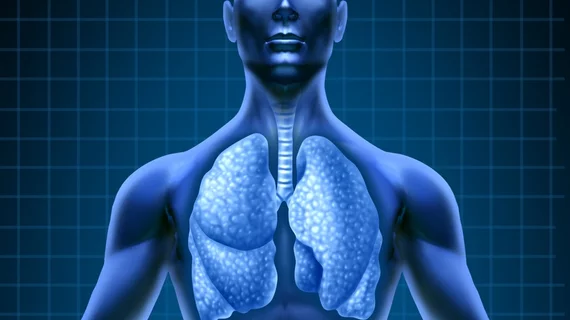Implementing a closed-loop communication system can improve the quality of radiologists’ follow-up recommendations for incidental pulmonary nodules, according to new research published in the American Journal of Roentgenology.
The study’s authors noted that follow-up recommendations for incidental pulmonary nodules can be difficult to track, which made them want to develop a system that can automate the process and lead to better overall patient care.
“We designed a system called Result Alert and Development of Automated Resolution (RADAR), which includes a closed-loop system for communicating follow-up recommendations, enables establishment of a collaborative follow-up plan between the radiologist and the referring provider, allows the ordering provider to schedule the follow-up, and tracks whether the follow-up study is completed,” wrote Mark M. Hammer, MD, Brigham and Women’s Hospital in Boston, and colleagues. “After implementation, we assessed radiologists' adoption of RADAR and its effect on the completeness of radiologists' follow-up recommendations for incidental pulmonary nodules.”
RADAR was fully implemented at the team’s institution on March 9, 2018, and weekly emails were sent to the thoracic radiology division to encourage adoption. Using the system was voluntary, however, and it wasn’t clear how many radiologists would embrace the change. Adoption was tracked from from March 9 to August 2, 2018.
Overall, 58 percent of incidental pulmonary nodule alerts generated by the thoracic radiology division were handled using RADAR. In the first three weeks, adoption was at 40 percent, but it reached 70 percent for the final three weeks. Hammer et al. noted every RADAR alert for an incidental pulmonary nodule included “explicit documentation of imaging modality and follow-up time frame,” though just 71 percent of non-RADAR alerts included that information.
In addition, all referring primary care physicians agreed with the follow-up recommendations communicated through RADAR.
“A closed-loop communication system that enables the establishment and execution of a collaborative follow-up plan can assist radiologists in specifying follow-up for pulmonary nodules and help ensure their timely completion,” the authors wrote. “By integrating this system directly within the PACS and electronic health record workflow and promoting its voluntary use, we were able to show adoption by radiologists over a relatively short time frame, with concomitant improvement in the completeness of radiology follow-up recommendations for incidental pulmonary nodules.”
Hammer and colleagues noted further research can explore if RADAR would be a fit for the emergency department and inpatient setting. The system’s impact on patients following through with recommendations they receive is another area the team hopes to explore.

